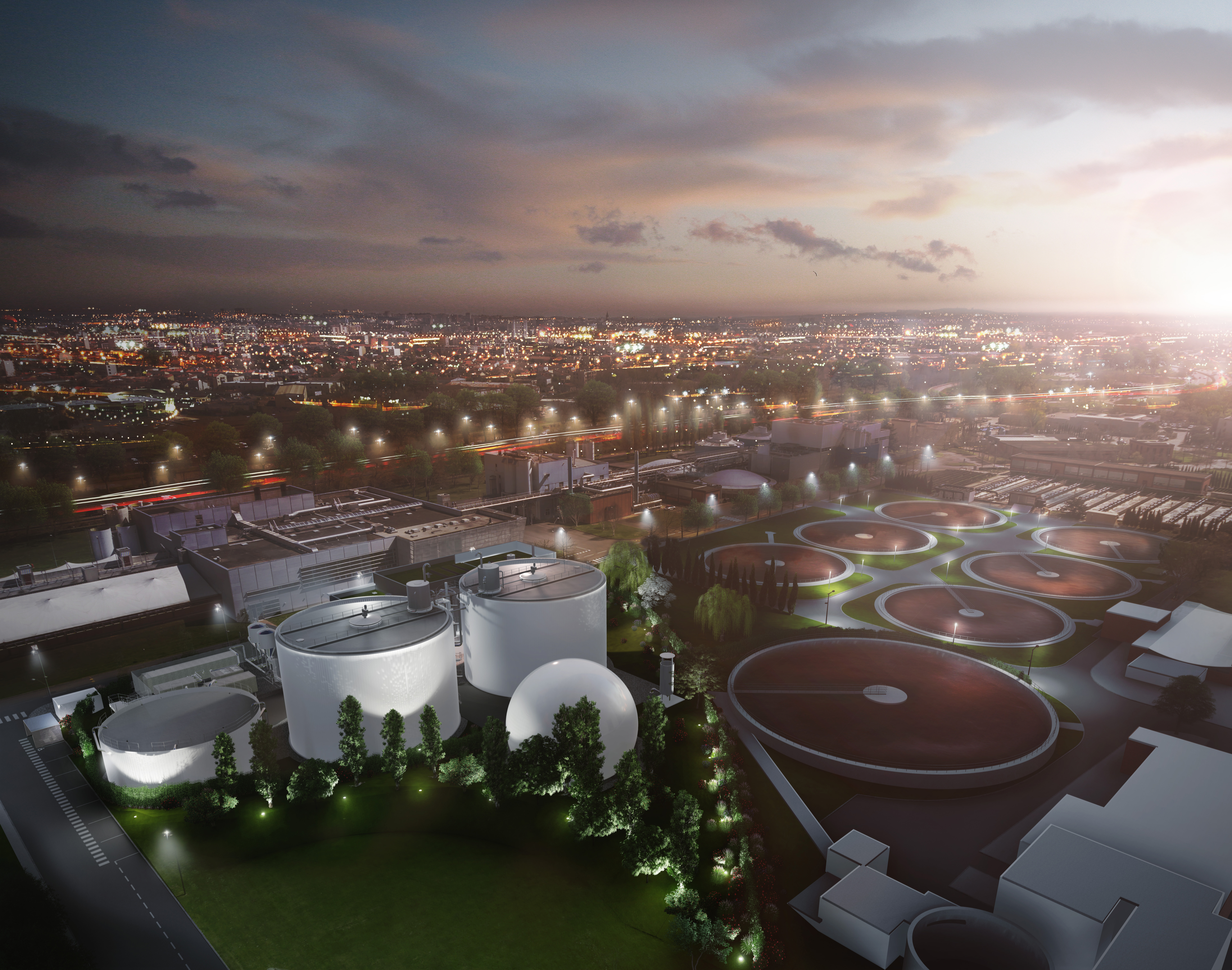In the face of the global climate crisis, the need for sustainable and resilient energy solutions has never been more pressing. Fortunately, innovative technologies are paving the way for a greener future, and one such solution lies in the often-overlooked resource of wastewater treatment plants (WWTPs). By harnessing the power of biogas, an increasing number of these facilities are transforming waste into a valuable renewable energy resource, contributing to decarbonization efforts, enhancing energy security through local production, and driving ecological transformation.
Climate change and environmental degradation pose an existential threat to Europe and the world. Through the Green Deal, the European Commission has adopted a set of proposals to make the EU's climate, energy, transport and taxation policies fit for reducing net greenhouse gas emissions by at least 55% by 2030, compared to 1990 levels. The end goal: become the first climate-neutral continent by 2050.
One initiative to reach this target is the REPowerEU plan, which responds to global energy market disruptions caused by geopolitical conflicts by promoting energy savings, clean energy production, and diversification of energy supplies. In addition to giving industries the ability to become energy-positive and treat complex waters, there is also a high-level continental drive on biogas. The €300-billion plan includes a significant push for renewables, especially the use of biomethane, with a target of 35 billion cubic meters set for 2030.
Historically, European biomethane has mainly been produced from agricultural waste. Yet there is enormous potential to produce it from municipal wastewater, with municipalities playing a central role in EU and global ambitions. According to the European Biogas Association, wastewater could contribute 170 Terawatt-hour (TWh).
WWTPs have traditionally been designed to treat wastewater to the right purity to be released into the natural environment. Today, we see municipalities shifting to transform these facilities into energy production plants. Veolia has designed several such WWTPs in France, where wastewater is recovered as a source of energy and heat.
The Aeris plant in Cagnes-sur-Mer, operational since 2021, was the country’s first energy-positive WWTP, consuming 8,7 gigawatt-hours per year (GWh/year) while producing 10,5 GWh/year through biomethane production. Following suit, the Maera and Sival plants, under construction in Montpellier and Valenton, will also produce biogas to provide tens of thousands of residents with sustainable energy and heat. And the recently inaugurated Bonneuil-en-France WWTP,  which has a capacity of 500,000 population equivalent, already injects enough biogas into the existing gas network to heat 1,750 homes, generating over €1 million in revenue in 2022.
which has a capacity of 500,000 population equivalent, already injects enough biogas into the existing gas network to heat 1,750 homes, generating over €1 million in revenue in 2022.
We are well positioned to help utilities reach their carbon neutrality ambitions. As a company, we have many tools and technologies that go beyond biogas upgrading. For example, we can boost biogas production and also treat the wastewater from the digestate, to avoid high loads going to the water treatment plant.
The food and beverage sector has long been an advocate of anaerobic digestion to treat its organic waste and convert it into biogas. Doing so has allowed manufacturers to reduce waste, generate energy, recover nutrients, mitigate greenhouse gas emissions, and promote a circular economy.
This is precisely what Aptunion, a producer of gourmet inclusion, has implemented at its fruit processing facility in the south of France, where 11.4 Gwh of green gas is injected into the gas grid every year, avoiding 2,500 of CO2 and generating €1.3 million in revenue. 
By combining multiple Veolia technologies, industries are producing biogas as an alternative energy source while also helping to reduce waste disposal costs. Industries are looking for solutions to not only treat complex wastewater but also unlock its potential as a resource. Solutions are available to treat and valorize even the most complicated industrial wastewater.
From anaerobic biological treatment of wastewater and sludge digestion to biogas treatment and upgrading to biomethane, including capturing carbon from combustion gasses, we offer a complete suite of technologies to reduce the energy footprint in water treatment operations. Bundling these technologies, as Aptunion and several municipalities in France have done, is one way to make decarbonized energies shine.
By harnessing the power of wastewater and embracing the principles of a circular economy, we can unlock a future where sustainability is not just a goal but a way of life.

